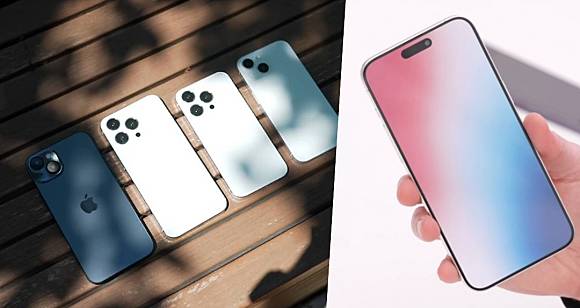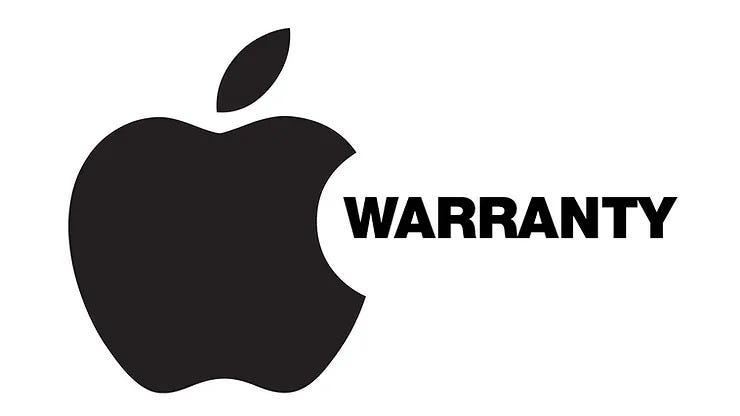Introduction:
Facing issues with your iPhone but worried because your warranty has expired? Don’t fret! Apple may still come to your rescue. In this guide, we’ll explore the strategies and steps you can take to convince Apple to replace your iPhone even without a valid warranty.

Understanding Apple’s Policies on Warranty and Replacement:
Overview of Apple’s warranty policies and the typical duration of coverage.
Reasons why warranties expire and what it means for iPhone users.
Clarification on what Apple considers as warranty-covered issues and what falls outside of it.
Assessing Your iPhone’s Condition:
Conducting a thorough inspection of your iPhone to identify issues.
Differentiating between hardware and software problems.
Understanding the severity of the issue and its impact on your device’s functionality.
Documenting Issues and Gathering Evidence:
Keep a detailed record of all issues you encounter with your iPhone.
Take clear photographs or videos of any visible defects or malfunctions.
Collecting relevant documentation such as purchase receipts and previous repair records (if any).
Contacting Apple Support:
Exploring various channels to reach out to Apple support, including phone, chat, or in-store appointments.
Presenting your case professionally and concisely, emphasizing the longevity of your loyalty to Apple products.
Providing all necessary evidence and documentation to support your claim for a replacement.
Negotiating and Advocating for Replacement:
Remaining calm and courteous throughout your interactions with Apple support representatives.
Expressing your disappointment and frustration politely if initial responses are not favorable.
Requesting escalation to higher levels of support if necessary, highlighting the potential impact on your loyalty as a customer.
Leveraging Social Media and Public Forums:
Use platforms like Twitter, Facebook, or Apple’s community forums to voice your concerns publicly.
Tagging Apple’s official accounts and using relevant hashtags to increase visibility.
Sharing your experience with others and seeking advice from individuals who have successfully obtained replacements.

Exploring Alternative Options:
Investigating third-party repair services or independent technicians who may offer more affordable solutions.
Considering the option of purchasing AppleCare+ or extended warranty coverage for future protection.
Evaluating the cost-effectiveness of repairing your current iPhone versus investing in a new device.
Seeking Assistance from Consumer Protection Agencies:
Exploring avenues for assistance from consumer protection organizations or government agencies.
Understanding your rights as a consumer and how they may apply in your situation.
Filing complaints or seeking mediation if you believe Apple is not fulfilling its obligations.
Building a Compelling Case:
- Compiling a detailed history of your iPhone’s issues, including dates and descriptions of problems encountered.
- Emphasizing any recurring issues or patterns of malfunction that indicate a broader problem with the device.
- Provide evidence of any attempts you’ve made to resolve the issues independently or through third-party repair services.
Highlighting Product Reliability and Brand Loyalty:
- Communicating your satisfaction with previous Apple products and your long-standing loyalty to the brand.
- Stating your expectations for the quality and reliability of Apple products and expressing disappointment when those expectations aren’t met.
- Illustrating the impact of a positive resolution on your continued loyalty and willingness to recommend Apple products to others.
Emphasizing Safety and Security Concerns:
- Highlighting any issues that pose safety risks or compromise the security of personal data stored on the device.
- Expressing concerns about the potential consequences of using a malfunctioning device, both for yourself and others.
- Stressing the importance of timely resolution to mitigate these risks and maintain trust in Apple’s commitment to customer safety.
Demonstrating Community Support and Advocacy:
- Engaging with online communities and forums to gather support for your case and share experiences with fellow users.
- Encouraging others to advocate for fair treatment from Apple and share their own stories of successful resolution.
- Leveraging the collective voice of consumers to exert pressure on Apple and demonstrate the widespread impact of unresolved issues.
Exploring Legal Options and Consumer Rights:
- Researching consumer protection laws and regulations that may apply to your situation, both locally and nationally.
- Consult with legal professionals or consumer advocacy groups to understand your rights and potential avenues for recourse.
- Consider the possibility of legal action or filing complaints with relevant authorities if Apple fails to address your concerns adequately.
Conclusion:
While having an expired warranty can be concerning, it doesn’t necessarily mean the end of the road for your iPhone. By following the steps outlined in this guide and advocating for your case effectively, you may still be able to persuade Apple to provide a replacement. Remember to approach the situation with patience, persistence, and professionalism, and you just might find yourself with a brand-new iPhone in hand sooner than you expected.
Splash troubles? Dive into swift solutions with Digimob iPhone Repair! Locate your nearest Digimob location at www.digimob.com.au and connect with our expert team to promptly resolve any issues. Your device’s lifeguard is just a click away!

FAQs (Frequently Asked Questions):
- Can I still get my iPhone replaced by Apple if the warranty has expired?
- Yes, it’s possible to have your iPhone replaced by Apple even if the warranty has expired. However, the process may require additional effort and persuasion on your part.
- What types of issues are typically covered by Apple for replacement outside of warranty?
- While specific policies may vary, Apple generally considers hardware defects and malfunctions that are not caused by accidental damage or unauthorized modifications. Examples include battery issues, display problems, and performance issues not resolved by software troubleshooting.
- Will Apple charge me for a replacement iPhone if my warranty has expired?
- In some cases, Apple may offer a replacement iPhone free of charge, especially if the issue is deemed to be a manufacturing defect. However, if the damage is determined to be the result of accidental damage or user error, there may be associated repair or replacement costs.
- How can I expedite the process of getting my iPhone replaced by Apple without a warranty?
- To expedite the process, make sure to thoroughly document your iPhone’s issues, provide clear evidence such as photographs or videos, and remain persistent but polite when communicating with Apple support representatives. Explaining the impact of the issues on your device’s functionality and emphasizing your loyalty to the brand can also help.
- What should I do if Apple refuses to replace my iPhone without a warranty?
- If Apple initially refuses to provide a replacement, consider escalating your case to higher levels of support or exploring alternative options such as third-party repair services. You may also seek assistance from consumer protection agencies or legal professionals if you believe Apple is not fulfilling its obligations under consumer rights laws.


